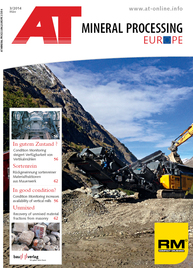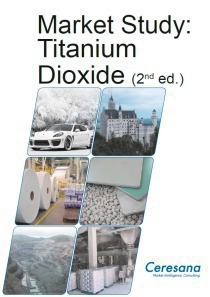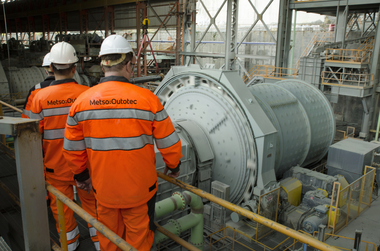Good prospects for fillers
The use of fillers reduces the costs of many products and also often improves them. They influence rigidity, weatherability, electrical conductivity, and other characteristics of the final product. Without fillers, a variety of plastics would not be applicable for exigent applications. The market research institute Ceresana is now already publishing the 3rd edition of its successful market report on fillers.
Ceresana forecasts revenues generated on the global market for fillers to rise to approx. 27.7 billion US$ in 2021. In 2013, Asia-Pacific was the worldwide largest sales market for fillers, accounting for 48 % of total demand, followed by Western Europe and North America. The two most important applications for fillers are the processing of plastics and elastomers. A tendency to utilize highly filled compounds, containing up to 85 % of fillers, becomes apparent. The utilization of nanofillers is another interesting possibility to increase the share of fillers in a product and to drastically improve the product‘s characteristics at the same time. Manufacturers of paper ranked third, followed by the segment paints and varnishes. The smallest of the applications analyzed individually is the manufacturing of adhesives and sealants.
The most commonly used filler on the global market is ground calcium carbonate (GCC), followed by precipitated calcium carbonate (PCC) and carbon black. Other fillers used in significant quantities are kaolin and talc. All other types of fillers reached an aggregated market share of only 9 %. Demand for almost all types will increase rather steadily, with the highest growth rates of more than 3 % p.a. being forecast for carbon black and talc. The use of carbon black as filler in the tire industry in particular will continue to increase considerably, due to the massive expansion of the automotive industries in China and India.
As fillers can be used in manifold applications in various industrial sectors, the development of the market for fillers largely follows the macroeconomic development of a country. Especially the sales markets for fillers in China and India are developing very rapidly. China single-handedly increases demand by almost one million tonnes per year, which is likely to result in Asia-Pacific accounting for more than half of total global output of fillers by 2016 already. Western Europe and North America are likely to keep losing market shares; however, losses will not be as high as in the previous eight year period as demand has been increasing again since 2010 and will continue to grow at moderate rates in the next couple of years.
Chapter 1 provides a presentation and analysis of the global market for fillers – including forecasts up to 2021. Demand for and revenues generated with fillers are given for the world and each region. Chapter 2 analyzes revenues generated with fillers in the 16 most important countries and demand split by the applications paper, plastics, paints and varnishes, elastomers, adhesives and sealants as well as the group of other applications in detail. Additionally, 332 important manufactures are listed according to countries. Chapter 3 offers a substantiated analysis of the application areas for fillers. Data on demand development, split by the seven world regions Western Europe, Eastern Europe, North America, South America, Asia-Pacific, the Middle East, and Africa are given. Chapter 4 examines demand for individual types of fillers: GCC, PCC, carbon black, kaolin, talc, and other fillers. Demand is analyzed split by the 16 countries analyzed in chapter 2 and all world regions. Chapter 5 provides profiles of the largest manufacturers, clearly arranged according to contact details, turnover, profit, product range, production sites, profile summary, products, and applications. Extensive profiles of 100 manufacturers are given, including 3M Company, Alcoa, BASF, Esan Eczacibasi, Grupo Industrial Monclova, Imerys, Magnesita, Nordkalk, Omya, and Tokai Kogyo.





